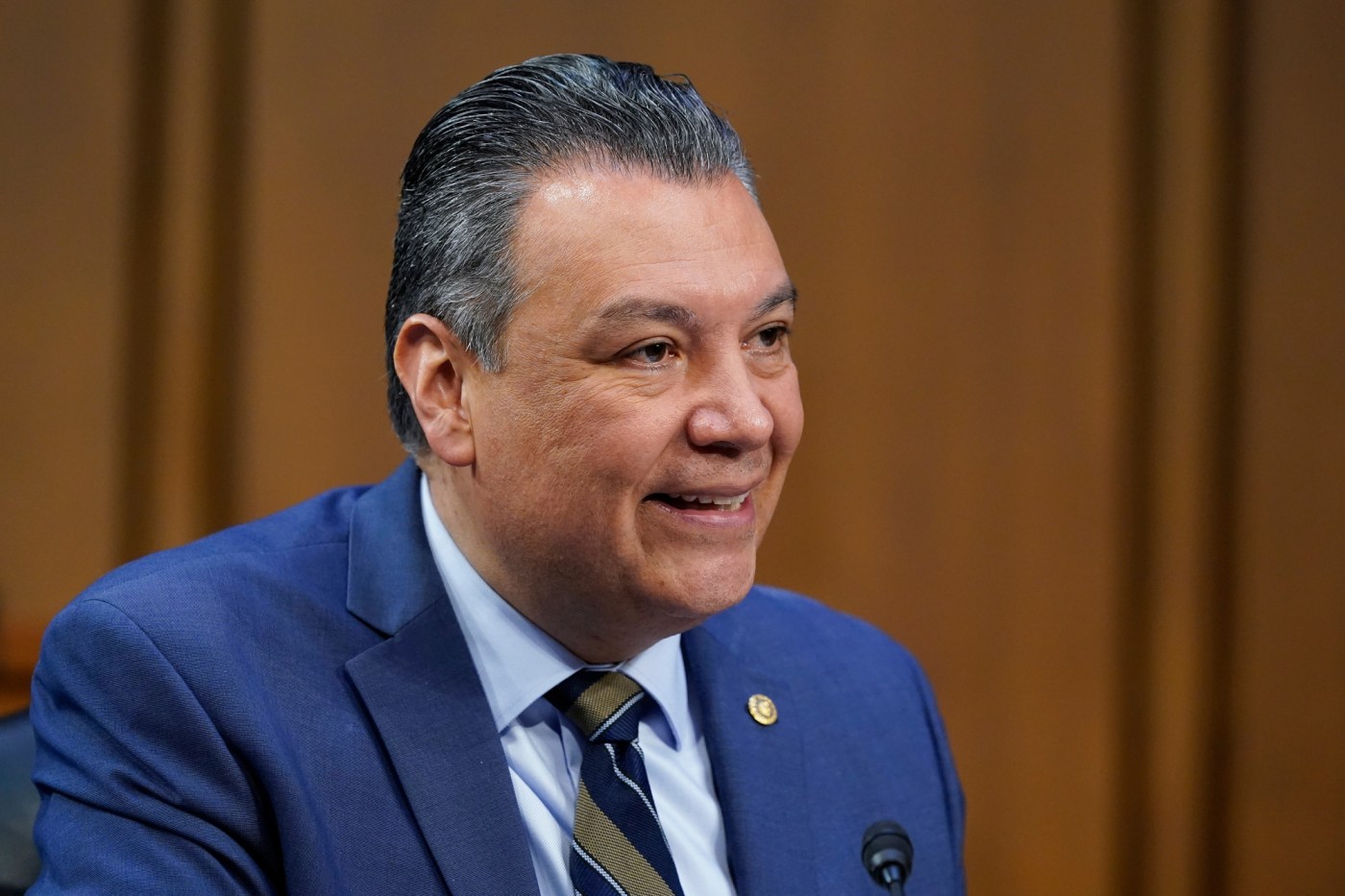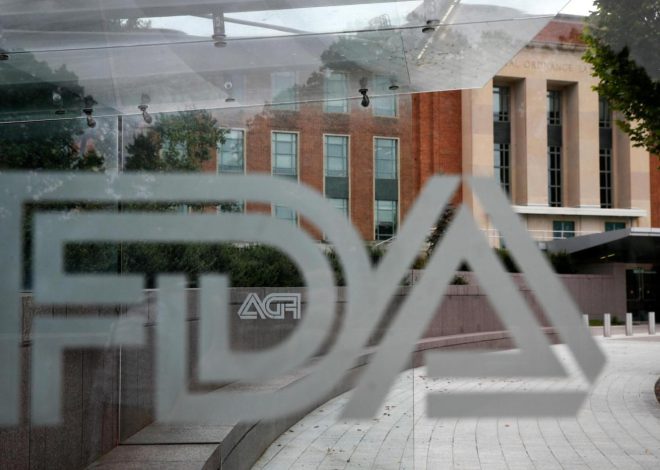
California Sen. Alex Padilla to propose a national Wildfire Intelligence Center
In the wake of last month’s devastating Southern California wildfires, Sen. Alex Padilla wants to establish a national Wildfire Intelligence Center to streamline future federal response to such disasters — including in real time as fires break out.
The proposed center would serve as a hub for comprehensive information gathering and sharing and pave the way for better coordination when it comes to wildfire response and recovery efforts. He will introduce the bill on Thursday, Feb. 6, his office told the Southern California News Group exclusively.
RELATED: CAL FIRE firefighters could become year-round employees, new bill proposes
Padilla, a Democrat from Los Angeles, said in an interview that he expects strong bipartisan support for the legislation, called the Wildfire Intelligence Collaboration and Coordination Act. He is co-sponsoring the bill with Sen. John Hickenlooper, a Democrat from Colorado, and Republican Sens. Tim Sheehy and Steve Daines, both from Montana.
“When we’re able to centralize and improve coordination and collaboration, that can make a big, big difference in the size of fire events when they happen, our ability to protect lives and properties, as well as the health and safety of firefighters and other first responders,” Padilla said.
He’s proposed establishing a joint office, called the Wildfire Intelligence Center, between the U.S. Department of Agriculture, the Department of Commerce and the Department of the Interior.
Modeled after similar information-sharing centers like the National Weather Service centers and the National Oceanic and Atmospheric Administration’s Water Center, the proposed wildfire intelligence center would oversee information-sharing and coordination of fire response between federal and state departments and agencies, tribal entities, academic institutions and the private sector.
Specifically, the center would provide comprehensive assessment and modeling of wildfires to inform response, risk reduction, land and fuels management, post-wildfire recovery and rehabilitation. It would also improve emergency planning through such tools as enhanced evacuation plans and power shutoff strategies, and it would use cutting-edge technologies to mitigate and respond to fires.
Kate Dargan, California’s former state fire marshal who later served as an assistant director for preparedness and response in the White House Office of Science and Technology Policy during the Biden administration, said there is tremendous need to improve the kinds of information relayed to firefighters — and the speed at which information is relayed — when first responders are showing up to an active fire scene.
Related Articles
CAL FIRE firefighters could become year-round employees, new bill proposes
Meghan Markle’s PR fail? Boasts about getting a Billie Eilish T-shirt for teen fire victim
VC-backed startup accused of gouging Los Angeles fire victims on rent
Los Angeles wildfire losses seen as high as $164 billion, UCLA Says
‘Absolute hell’: Residents struggle against nature, bureaucrats, banks and builders to recover from 2020 Santa Cruz Mountains inferno
Knowing in real time a fire’s location and the direction in which it’s moving, where evacuation routes need to be established, where water systems are and other pertinent information is critical, said Dargan, who now serves as a wildfire strategy adviser to the Gordon and Betty Moore Foundation, a Bay Area group that supports scientific discovery and environmental conservation.
“We’re advocating a national fire intelligence center that brings in the latest technology, specifically to understand the speed that these fires are moving, when they start and how to get that information directly to those first responding firefighters in a rural fire district outside of Boise, Idaho, or a firefighter outside the city of Los Angeles,” she said.
Arming firefighters at an active fire scene with such information will allow them to “make the decisions that they need to make immediately without endangering themselves,” she added.
Sheehy said in a statement that as the only aerial firefighter in the U.S. Senate, he’s proud to work with lawmakers on both sides of the aisle to deliver “commonsense solutions.”
“We can all agree that the federal government must do a better job protecting our people, property, public lands and communities from wildfires, and this bill will go a long way in streamlining our wildland firefighting efforts and best leveraging all available resources to accomplish our shared mission,” Sheehy said.
Padilla said a lot of new technology, expertise and data already exist — and they should be used to anticipate and respond to fires when they occur.
“If we can better predict and model weather patterns and ask ourselves, ‘If a fire were to break out, what can we expect in terms of its behavior?’ … What the situation is with nearby sources of water, all those sorts of things, … then we’re able to pre-position better when necessary,” he said. “And if a fire breaks out, we’re able to direct resources in a much more informed and strategic way to try to contain fires more quickly.”
The proposed Wildfire Intelligence Center is the latest in a series of wildfire-related bills that Padilla has introduced this year.
Last month, he introduced a three-bill package to address wildfire resiliency and rebuilding efforts after the Palisades and Eaton fires in Los Angeles County broke out. On Monday, he introduced three more bills related to fire resiliency and mitigation efforts.


